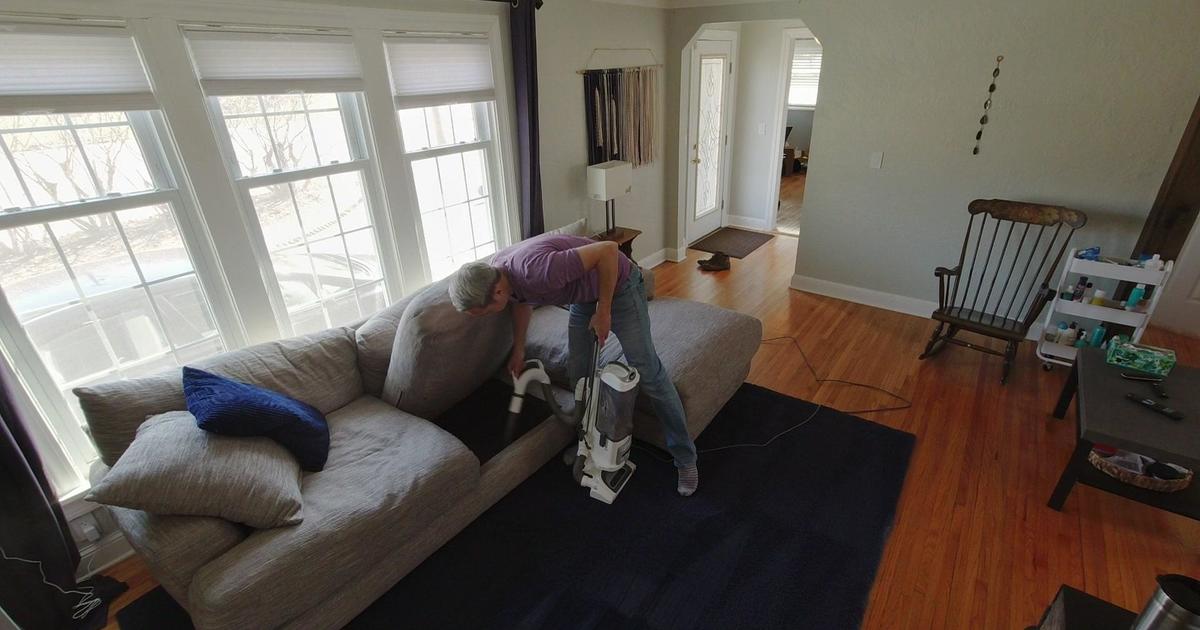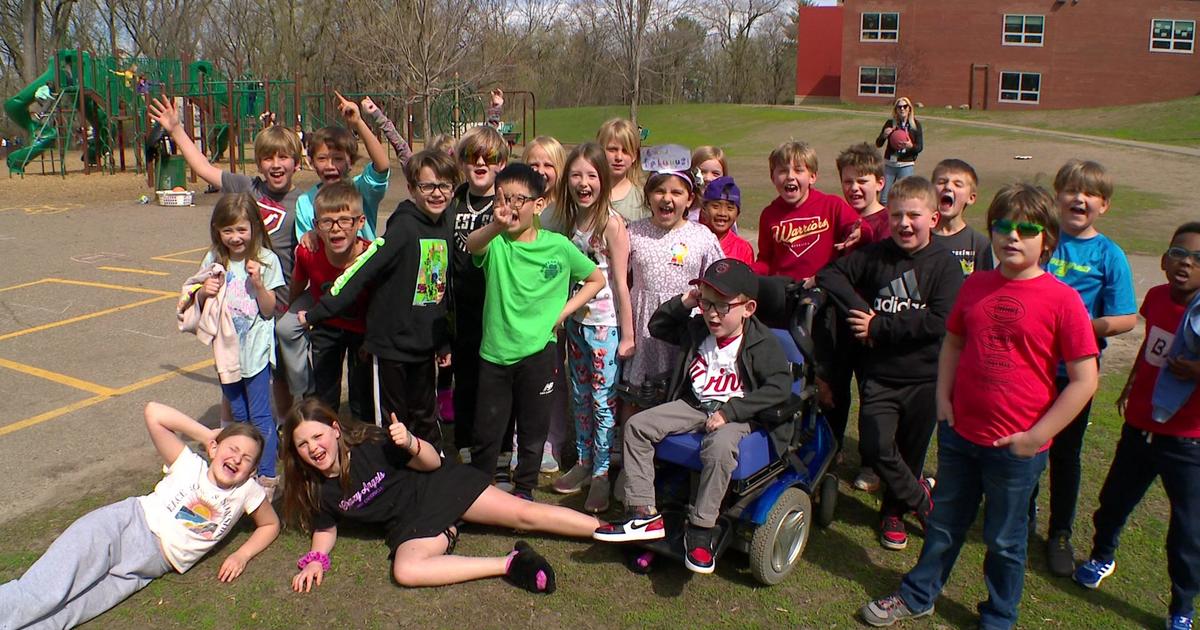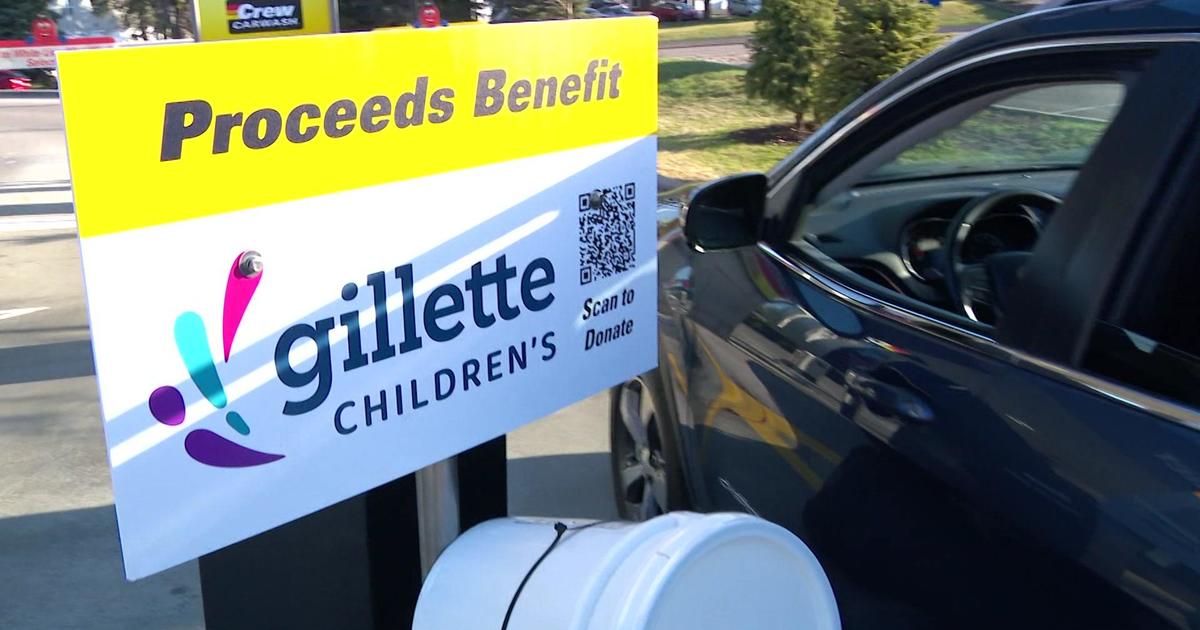Good Question: How Does Wind Energy Work?
MINNEAPOLIS (WCCO) -- The start of the month leaves no doubt -- April is our windiest month of the year.
The good news is that with the help of turbines, a lot of that wind can be turned into electricity to help power our homes.
So how exactly does wind energy work?
Mark Rathbun is a renewable energy lead for Great River Energy in Maple Grove. He says turbines have several key parts: the tower, the rotor, the blades and a white box on the back called a nacelle.
"On top of that nacelle are sensors that test the wind speed and the wind direction," Rathbun said.
Those sensors can then pivot the rotor to face the wind.
"It'll spin around 360 degrees based on the wind direction that we have at the site," Rathbun said.
Once in place, a generator inside the turbine takes the wind energy and turns it into electricity.
That electricity is then transported through cables down the tower and onto the grid.
"So it is transformed into energy that we can use on the grid to power our homes and businesses," he said.
Wind and other renewable energies generate about 21 percent of Minnesota's electricity.
There is such a thing as too much wind for the Maple Grove turbine. Once wind gusts reach 30 miles an hour, it is shut down. That is exactly what happened on Tuesday.
"We have very gusty winds and gusty winds can damage a wind turbine," Rathbun said.
You might think April is the month where they make their money, but that is not the case.
The winter months are usually when they match wind production with consumer demand.
A rotor area usually covers about two football fields when it is spinning.
One wind turbine can power more than 1,000 homes in the United States.



